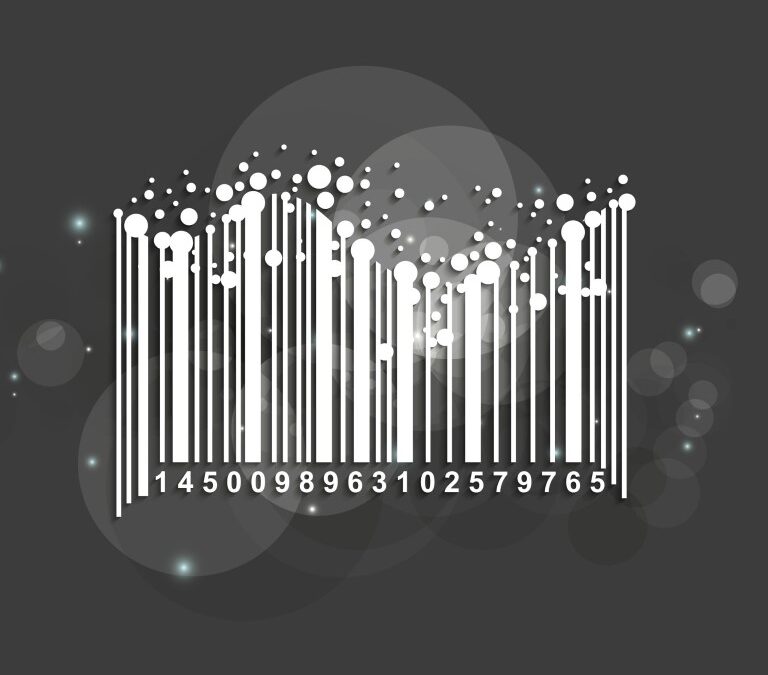The majority of people we talk to now recognise the importance of data, but few actually know the extent to which it can help with achieving your business goals. Many have it on their to-do list as something to investigate and unfortunately it will hover over them like ghostly shadow until they eventually get around to implementing some systems.
There is a lot to be said for the good old fashioned handshake, but for serious growth you need to be able to collect as much information about your audience as possible and target the right communications their way. The purpose of this post is to convince those of you who may not have changed their tactics since the 90’s to re-think how you might approach different aspects of your work using data to your advantage. It’s this kind of thinking (along with systems and automation) that has seen businesses grow enormously over the last decade.
Living in a data driven world, if you aren’t getting information from your attendance and using it to better your offering, you are missing out on more than just direct sales. We always try to get our clients thinking about what they can do to improve their attendance because once you understand the beast and start to gain momentum, the world of exhibiting will start to look and feel like the Matrix (That makes us happy!). You’ll see more potential in shows and begin to squeeze the most out of each event like any other campaign, with a beginning, middle and an end. This is when they really come alive!
You could hand out a brochure, expecting little more than a smile in return. You could also scan a badge and add a bunch of names to your CRM. But if you took things just a wee bit further you could really be onto something. You may have great customer service and you could be working your stand beautifully, but how can you supercharge your attendance by taming the mysterious data?
The concept.
What if you could share information for information? “Swapsies”, if you prefer… Do a survey, offer a quiz or competition, even just asking a few basic questions to help obtain customer feedback on your products, educate and/or qualify them. We are so set in our ways that it often doesn’t occur to us that their could be a better way. “This is just the way we have always done it.” Ultimately the show should be seen as a business generation tool and when you start to ask what information could be taken away from the event to help the sales cycle on it’s merry way, a whole realm of possibilities awaits you.
An upside you can’t deny, through qualifying questions and a personalised conversation beyond the event you are far more likely to cash in on a sale. Isn’t that why we are all there? Small tweaks like this create an experience for the visitor so they are more likely to remember you (and hopefully your message). It can help paint a picture of your customer. Profiling your target audience will help with decision making and offer insight into their behaviours, expectations and perceptions.

Hindsight is said to be a wonderful thing, but I think they should change this saying to “data is a wonderful thing” because it’s the information that changes what action you would take. You can only ever act on what information you know but being able to see the big picture is often key to a better result.
Touch screens are a great way to do this because they facilitate engagement and can be personalised to the needs of your business. Whether it’s an iPad app or a larger format, most of the population know how to use one now. The challenge is creating an interface that communicates your message, keeps them interested and looks like something they want to play with. We are getting some great feedback from clients who are starting to make changes.
You don’t have to go crazy and change everything you do, but look at small areas you can apply this approach and just see what happens.
